If you live in Norway, you can’t fail to have noticed high electricity prices just lately. Here’s what’s causing the skyrocketing prices in a country so used to cheap electricity.
Norway has been hit by record-high electricity prices over the past few months. Paying the bills is a struggle for some families, and a number of factories have been forced to stop production because their costs are just too high.
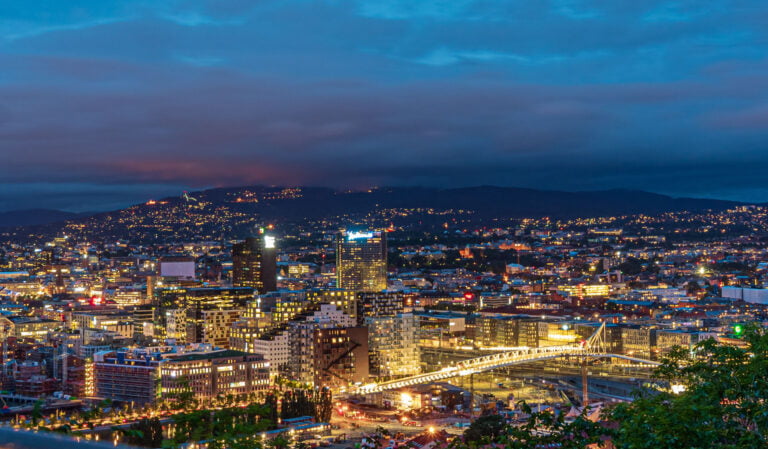
While one kilowatt-hour of electricity cost on average NOK 0.61 in February of 2021 (USD $0.06), it had jumped to NOK 5.43 in August of 2022 (USD $0.55). That’s an almost tenfold increase.
Yes, the cost of living is high in Norway, but electricity was always an exception. So, what is happening? Why are the prices so high? These are the questions we will attempt to give an answer to in this article.
First we will give you a bit of context about electricity prices in Norway, as well as consumption habits. Then, we will dive into why prices have been so abnormally high lately.
Electricity used to be cheap
Generally, Norway has had comparatively low electricity prices until recently. There have been a few spikes here and there (2003 was an exceptional year), but as a rule, electricity in Norway has been cheap.
This is explained by the fact that historically, electricity in the country has been plentiful, and almost entirely coming from hydropower. Other sources are wind power and thermal plants, but their share is comparatively minuscule.
Because electricity was so cheap, saving energy has not always been a top priority. If you have ever visited the country, you may have noticed the Norwegian propensity to leave the lights on even when no one is in the room.
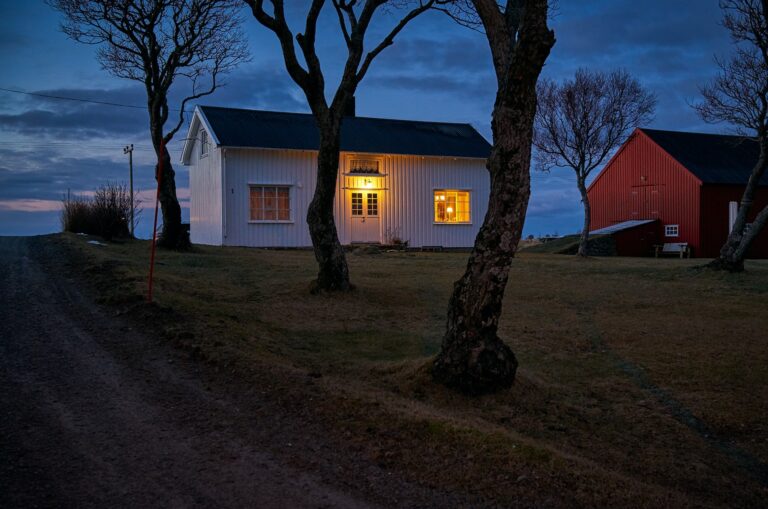
Even more wasteful are the stories of mountain cabin hot water tubs left on permanently “just in case” their owner would fancy an unplanned dip. How frequent such situations are is anyone’s guess, but the fact is that historically low prices have encouraged – or at least enabled – unbridled consumption.
Electric heating
High electricity consumption in Norway is not just down to low prices, but also to the fact that the country has a cold climate and that most houses are heated with electricity.
Read more: Paying for Power: Electricity Bills in Norway Explained
Wood-burning stoves are quite common and district heating is an option in some urban areas, but by and large, houses are heated with electricity in Norway, at least partially.
Over the last 15-20 years, energy-efficient heat pumps have been rapidly gaining in popularity. They are essentially air conditioners functioning in reverse, and are much more energy efficient than traditional electric heaters.
Still, despite improvements in efficiency, electric heating means that cold weather will cause peaks in demand, which in turn will send the prices soaring.
Less rain in the south
2022 was characterised by less rain than usual in the southern part of Norway, and much more in the north – essentially the whole area north of Trondheim.
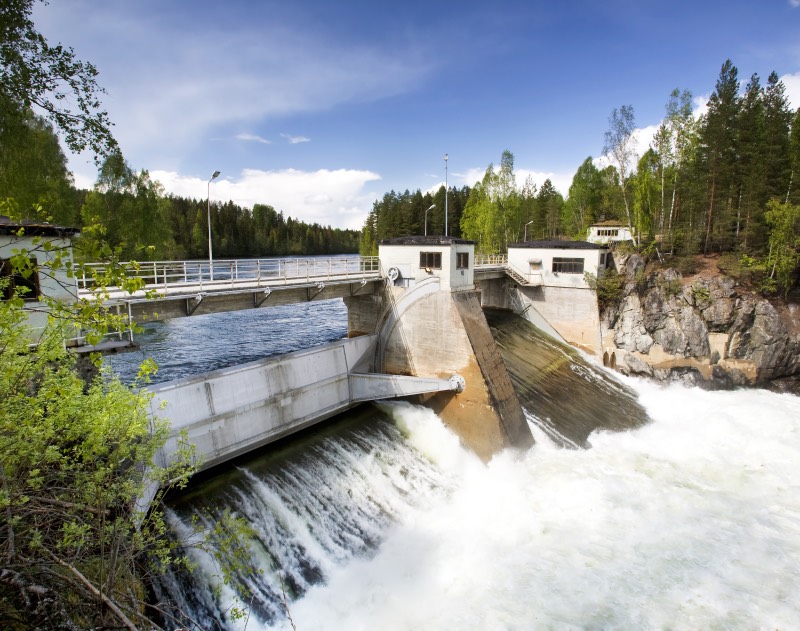
Less rain means that the hydropower reservoirs are not as full, which puts an upward pressure on electricity prices.
This situation means that while some power plants in the south are producing less, they are raking in huge profits because the prices are so high – and their costs are unchanged. In parts of central and northern Norway, meanwhile, some power stations are operating at a loss.
Why can’t the power plants in the north send electricity to the south, you ask? This is down to the transmission grid not being up to the task. There is just not enough north-south transmission capacity.
Plans are in the works to remedy this situation, but we can expect several years to pass before actual lines are built and operational.
New connections between the UK and Germany
If you follow the debate surrounding the electricity price situation in Norway, it is almost impossible not to have heard of the new subsea cables connecting Norway to the UK and Germany.
Norway already had 15 international connections before those two cables came into operation in 2021. But the fact is that the prices started soaring already in December, just a few months after the cables started being operational.
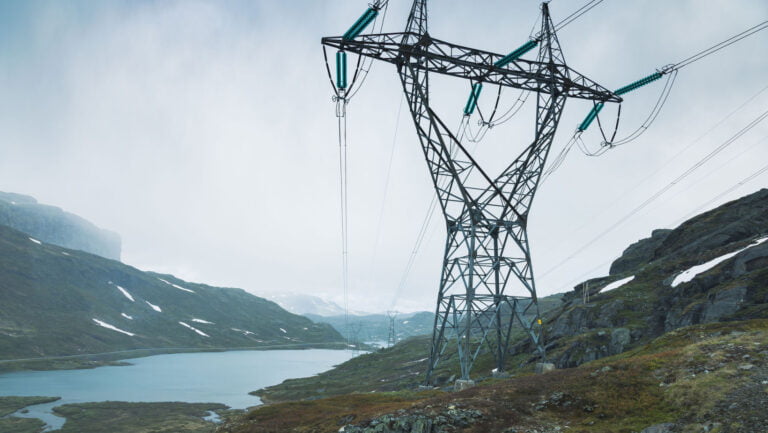
For many people, the conclusion was clear: the new cables were to blame for the price hike.
This view is not entirely wrong. Various analyses carried out over the past few months show that the two new cables carry the responsibility for about 10 to 25% of the recent price increase.
Exactly how this work is quite complex, but essentially, cables make export possible. This means that when the electricity price is higher in the UK or Germany than in Norway, electricity will flow towards those two countries via the new cables – which in turn will result in higher prices in Norway.
“Cutting the cables”
The link between higher prices and electricity export has made “cut the cables” a sort of slogan for people fed up with soaring bills. The problem with that idea is that it comes with downsides of its own.
Even in a year where Norway is a net exporter of electricity, there are periods of high consumption (normally in the winter) when it relies on imports from abroad. To have the power it needs to deal with those demand peaks without having access to imports, Norway would have to build massive amounts of new power plants.
Wind power trouble
Norway is known for its majestic vistas and rugged coastline. Multiple wind farms appearing in the 2010s did not go down well with a portion of the population.
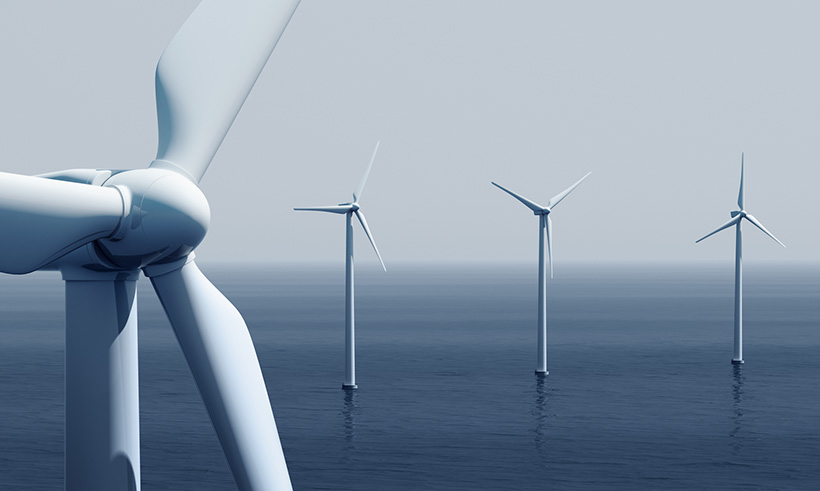
While the majority of Norwegians are in favour of wind power according to polls, this support has declined in the last decade. And the opponents seem more passionate than the proponents.
This means that establishing new wind farms has become something of a political hot potato. Because of this, no new projects have been set into motion since 2019.
Read more: NorthWind: A New Wind Power Research Centre for Norway
This has created a shortfall on the supply side that is not helping the current situation. Recently, the energy price crisis has convinced the government to review the current wind power moratorium.
The EU energy market
Now is the time to say a few words about the European energy market. We already explained how electricity flows freely and automatically from areas where it costs less to areas where it costs more.
This happens across borders, within Europe. The system that decides what electricity costs in a given area is too complex for us to explain it in detail in this article.
In brief: prices change on an hourly basis and are decided 24 hours in advance through a bidding process. Another important detail is that in the current system, they become effectively linked to natural gas prices.
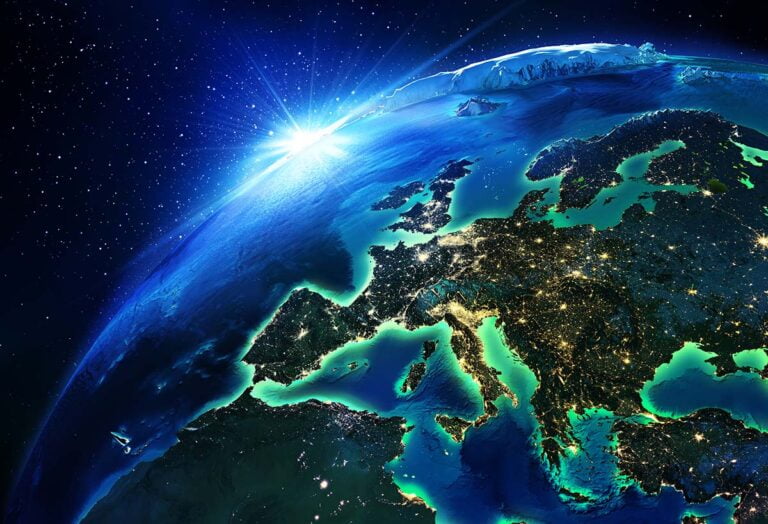
This means that if natural gas is more expensive, electricity will be more expensive. As it turns out, gas prices have risen sharply over the past few months.
Why natural gas prices are so high
Here are a few of the reasons why natural gas is so expensive right now.
Covid recovery
The Covid-19 pandemic caused disruptions in demand and in supply chains. During the initial lockdown, energy prices, including gas, were low because of a greatly reduced demand.
When the economy started up again, propped up by governments through massive stimulus packages, gas prices gradually increased. A peak was reached in December of 2021 because of falling temperatures, a period of lower renewable energy production, and growing worldwide demand for natural gas.
The war in Ukraine
The December 2021 peak in prices would end up being dwarfed by later increases, following Russia’s invasion of Ukraine. Since the largest portion (40%) of Europe’s natural gas comes from Russia, the uncertainty caused by the war sent prices skyrocketing.
Already in March, the EU started making plans to wean itself off of Russian natural gas. These plans include increasing the pace of the transition towards renewable energy sources, as well as measures to conserve energy.
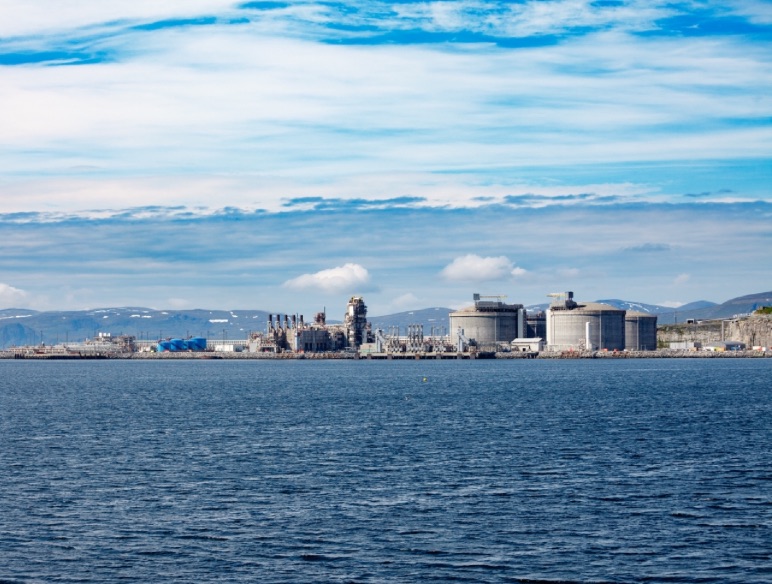
In early September, Russia suspended gas deliveries via the Nord Stream 1 pipeline indefinitely. This once again sent the energy markets in a panic.
Norway is in no position to complain
Prices are very high and times are tough for consumers. But as a whole, Norway is in a good position.
Remember when we said Russia was the EU’s largest provider of natural gas in 2021? The second largest is Norway.
Natural gas exports are generating enormous revenues for the Norwegian government, and power companies, as mentioned previously, are raking in record sums. This, of course, comes at the cost of some families struggling to pay their bills.
Since oil and gas revenues are up, though, Norway can afford to support families.
The government launched a power bill support scheme which covers 80% of the portion of the electricity price that exceeds NOK 0.70 per kWh. From October to December of this year, that percentage will jump to 90%.


I see. When the government and some companies “rake” in massive properties, the Norwegian public should rejoice.
What utter nonsense.
I meant “profits”
This whole article seems like central propaganda to me, you have NOT AT ALL adressed the fact WHY the Norwegian Govermment, who owns 98% of the electricity here, should accept that norwegian companies should have to stop production and many families should struggle with very high el. Prices suddenly,…. when the Norwegian Public OWN all the Hydro Electricity here and their elcted servents (politicians) are only administrators serving the constituency…Where is the MORAL and national support for the PEOPLE here instead of the EXPLOITATION shown by these misguided bureaucrats. If The people really own the production of electricity here, WHY have their own servants hiked the, “unreasonable,” prices to the international level so that so many everyday folk must struggle with their economy….. Isn’t the principle that the “elected” should do what is BEST for the country….. it seems that your article is really aimed at EXCUSING instead of explaining WHY and also “pulling the wool over the eyes “of those who genuinly seek HONEST answers for this piracy…..
You dont seem to undertand a socialist country
The government taxes everything through the roof and then hands back just enough to a sector of its polulation to buy thier votes
Isn’t it strange how ‘complex’ ripping off society can be? There are individuals in Norway making lots of money from this straightforward scandal. That is a certainty. Just a case of finding them. Clearly, they’ll be linked either directly or indirectly to corrupt policymakers who have sold Norway down a river.
It’s all part of The Great Reset as the globalists advance their plans for a Technocracy akin to what’s happening in China. High energy prices are essential if you want to inflict control and mayhem upon innocent people and their livelihoods. We must come together to take down these globalists before they take us down!